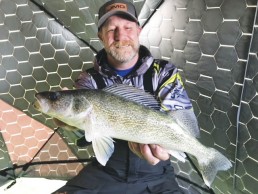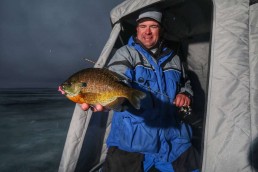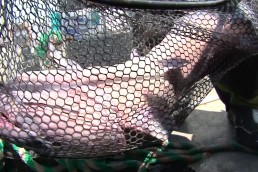The Mobility Spectrum
SHARE THIS POST
Should I stay or should I go? That is the biggest question we ask ourselves each day on the water. Should I sit in a spot, or should I keep moving, and keep looking? There are plenty of adages like “never leave fish to find fish.”
Over the past few decades, mobility has been a mantra preached in ice fishing. People brag about drilling a hundred holes per day. People talk about the importance of moving to find fish. If you are not catching fish, it must because you are not moving enough to find the active fish.
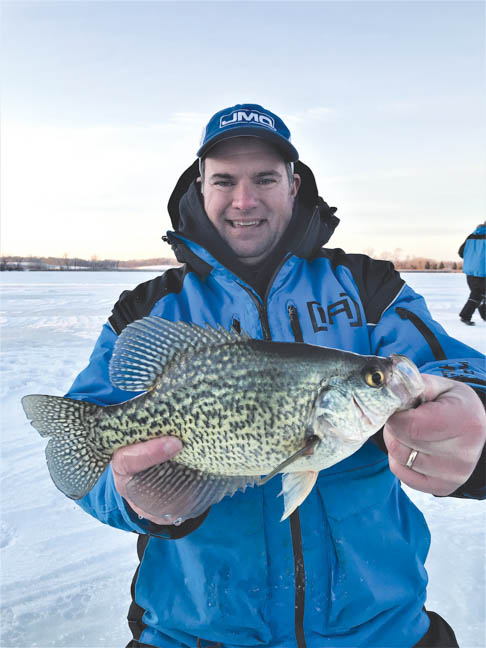
Here is what I can also tell you. The worst days I have ever had ice fishing were indeed days where I drilled well over a few hundred holes. The toughest days on the ice are often the days where all you do is drill holes and move. Some of the very best or most memorable days were days where I drilled a few holes and sat on those same holes all day, catching fish.
So, when do you drill holes and when do you sit? We obviously sit when we feel like we are on top of fish. In order to sit in one location and catch fish, we need to be able to run traffic out of a few holes. Two things often need to happen. There must be a lot of fish moving, and usually, you must be alone or have very few people fishing around you. If the fish are not moving and you are not moving, and the fish are not right below you…you will not catch them. If fish are moving and you are in a key location where these fish will move through, you can run traffic and catch them.
If you are surrounded by several anglers however, many of those fish will get caught before they ever get to you. These movements can also be dictated by timing. Walleyes, for example, might only move through a spot in the mornings and evenings, and might be slow during the middle of the day.
Sitting works best when you are on a good location when the fish are moving. If you are alone, sitting works that much better.
What are factors when sitting doesn’t work so well? Realistically, the big one is when you are not on fish—when the fish are not moving and if you have a lot of people around you.
Are you enjoying this post?
You can be among the first to get the latest info on where to go, what to use and how to use it!
Here’s how I look at mobility and the notion of drilling a lot of holes to find fish: The big moves find fish, whereas the small moves catch fish. Catching fish is often about sampling water. We can often create bites by simply working hard and dropping a line down as many different holes as we can. Drill grids of holes and move until you contact fish.
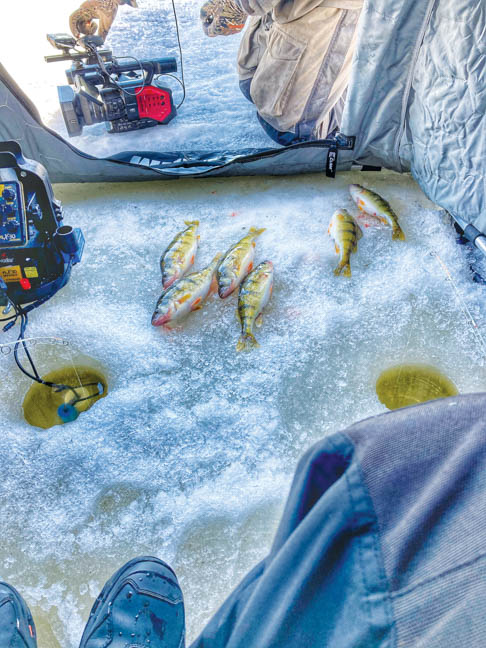
There is a time, however, when this run-and-gun mentality of aggressively drilling holes can work against you—like shallow water with spooky fish. One of the most difficult situations for catching fish, regardless of species, is shallow clear water with thin, clear ice. Every time you move, every time you drill a hole, you just push these fish further away. We have seen this same situation unfold in several states, on several different bodies of water, for several different species of fish: on reclamation lakes in Iowa, perch sloughs in South Dakota, and walleye backwater river flowages in Illinois and Wisconsin, for example.
If you don’t identify these factors and make the right adjustments, catching fish in these shallow situations can be extremely difficult. Finding fish when fish are spooking from overhead noise requires you to be more methodical. You must slow down and give a spot half an hour. Let the area settle down and let fish come back to your hole. At times, these situations create low-light bites—but not always.
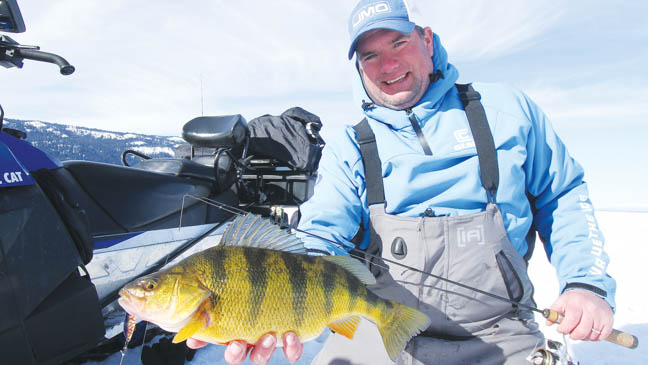
The degree of just how spooky some of these fish are can vary. We have seen the typical light-line requirement, but besides the finesse of the presentation, there are also some other adjustments. We have seen shallow bites where we couldn’t catch fish inside a flip-over shelter or near a large sled that could be seen from below. We have seen situations where long rods were necessary because the long rod positioned the boots and angler further away from the hole. We have seen situations where we had to leave slush in the hole. We have seen walleye bites where we had to use tip-ups set away from where we physically sat and waited.
Running and gunning in the conditions described above can leave you fishless. On the flip side, not drilling enough holes and finding active fish can often be the kiss of death when the circumstances or conditions change. Let the conditions dictate your strategy.

MWO
SHARE THIS POST
Did you enjoy this post?
You can be among the first to get the latest info on where to go, what to use and how to use it!
Jason Mitchell
Jason Mitchell was a top walleye guide on Devils Lake, N.D. for nearly 20 years. Today, Mitchell produces the Jason Mitchell Outdoors TV program. Visit jasonmitchelloutdoors.com for more.
